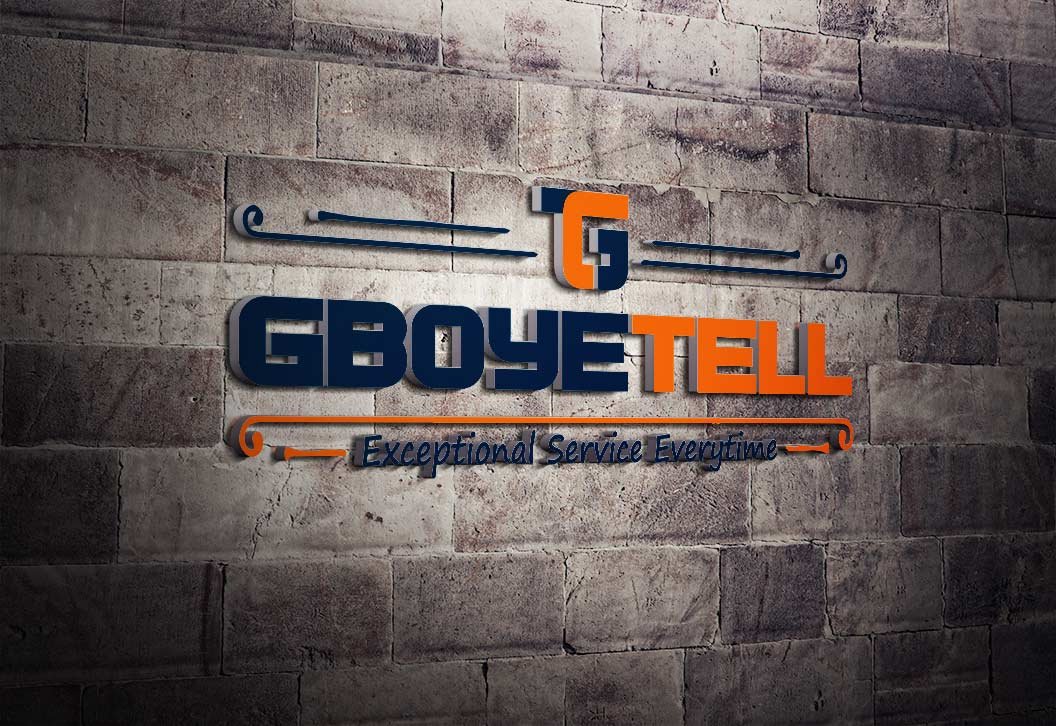What Can I Donate To Make Money
Unveiling Profitable Charities Where Donations Earn Extra Income
Discover unexpected ways to turn charitable acts into lucrative ventures through strategic donation choices.
I. Introduction
Profitable charities have gained traction as more people seek ways to combine their desire to give back with financial gains. This section will introduce you to the world of lucrative philanthropic endeavors and emphasize why striking a balance between altruism and fiscal advantage matters.
A. Overview of profitable charity options
The concept of ‘profitably giving’ refers to investing time, resources, or funds into charitable causes that not only generate positive societal impacts but also yield economic benefits for the contributors. These benefits may come in the form of tax breaks, passive income streams, or capital appreciation.
B. Importance of balancing altruism with financial gain
While traditional charity focuses solely on helping others without expecting anything in return, profitable charities allow individuals to align their humanitarian efforts with their financial objectives. By doing so, they create win-win scenarios where both society and the contributor benefit.
C. Emphasis on researching organizations carefully
It is crucial to conduct thorough research when selecting a profitable charity. Not all organizations deliver promised outcomes or meet expectations. Careful evaluation ensures that your contributions are channeled effectively toward achieving desired results.
II. Understanding Tax Deductions Related to Donations
Tax incentives play an integral role in encouraging individuals to contribute to charitable causes. The following sections break down how tax deductions interact with charitable contributions and highlight various forms of tax relief available.
A. How tax deductions work with charitable contributions
When you make a qualifying donation to a registered charity, you can claim a portion of your contribution as a deduction against your taxable income. This reduces your overall tax liability by lowering your tax burden.
B. Exploring different types of tax benefits available
- Income Tax Relief: A reduction in the amount of income subject to taxation after making eligible donations.
- Capital Gains Tax Exemption: Avoiding taxes on profits generated from selling appreciated assets if those proceeds are donated to charity.
- Estate Tax Benefits: Reducing estate tax liabilities upon death by including charitable bequests in one’s will.
III. Identifying Potential Profitable Charities
Finding the right organization to support requires careful analysis of several factors. This segment discusses how to identify charities offering double advantages – generating both social impact and financial returns.
A. Researching top nonprofits offering double advantages
Start by examining well-known nonprofits renowned for their efficiency, transparency, and ability to maximize donor contributions. Look for organizations recognized by reputable rating agencies like Charity Navigator or GuideStar.
B. Assessing transparency and efficiency ratings of organizations
Transparent operations indicate accountability and trustworthiness. Evaluate charities based on their annual reports, audited financial statements, and public disclosures related to fund utilization.
C. Evaluating impact reports and success stories
Examine the track record of potential beneficiaries by reviewing their past accomplishments and ongoing projects. Analyze whether these initiatives align with your personal values while delivering tangible results.
IV. Popular Strategic Donation Options
Several methods exist for turning charitable acts into financially rewarding experiences. This section explores popular strategies employed by savvy givers seeking profit alongside purpose.
A. Charitable investments generating revenue
Some charities offer investment opportunities similar to conventional markets. Contributions made to such organizations help finance ventures promising regular dividends or capital appreciation over time.
B. Tax-deductible assets maximizing returns
Donating appreciated assets like stocks, bonds, real estate, or artwork allows you to avoid paying capital gains tax while claiming a tax deduction equal to fair market value. This strategy often leads to higher net returns compared to selling the asset first and then donating the cash proceeds.
C. Leveraging philanthropy returns through monetary gifts
Monetary gifts remain the most common method of supporting charities. However, certain organizations provide unique perks such as exclusive access to events, premium membership privileges, or even guaranteed returns on your contributions.
V. Creating Customized Donation Plans
Every individual has distinct financial goals and risk tolerances. To ensure your charitable endeavors align seamlessly with your aspirations, consider analyzing these aspects before choosing a course of action.
A. Analyzing personal financial goals alongside charitable aspirations
Determine what you hope to achieve financially within a specific time frame. Once clear about your objectives, select charities whose missions resonate with yours while providing suitable return prospects.
B. Balancing risk tolerance with potential rewards from various strategies
Assess your willingness to accept risk when investing in potentially lucrative charities. Weigh the potential upside against possible losses associated with each option before committing funds.
VI. Comparison Between Traditional Donations vs. Profitable Ones
While traditional giving focuses solely on altruistic motives, profitable charities blend humanitarianism with fiscal incentives. This comparison highlights key distinctions between the two approaches.
A. Recognizing differences between conventional giving methods
Traditional donations typically involve direct cash contributions without expecting any material gain beyond satisfaction derived from helping others. In contrast, profitable charities encourage contributors to seek additional economic benefits.
B. Highlighting key factors driving profitability within select charities
Factors contributing to profitability include transparent management practices, efficient use of resources, strong leadership teams capable of executing innovative ideas, and an emphasis on measurable outcomes.
Real-life examples demonstrate how individuals have successfully transformed their donations into income streams or generated significant societal impacts through strategic charity selection.
A. Real-life examples showcasing successful donation approaches
- Investment in Microfinance Institutions: By lending money to low-income entrepreneurs via microfinance organizations, investors receive interest payments while empowering disadvantaged communities.
- Impact Bonds: These novel financing mechanisms enable investors to earn returns contingent upon predetermined social outcomes achieved by nonprofit service providers.
B. Interviews with individuals who turned donations into income streams
Interview segments featuring actual donors sharing their experiences can inspire readers to explore similar avenues. Their insights may reveal valuable lessons learned during their journey towards combining philanthropy with profit.
VIII. Conclusion
Profitably giving is an evolving trend that marries altruism with financial advantage. As more people recognize its potential benefits, they will likely gravitate toward organizations offering double advantages – those creating both positive societal impact and attractive returns for contributors.
This article encourages readers to examine various options carefully before making decisions regarding their charitable contributions. Ultimately, everyone should strive to find causes aligned with their values while optimizing opportunities for mutual benefit.
IX. FAQ Section
Common questions surrounding profitable donations are addressed below to clarify misconceptions and provide guidance.
A. Common questions regarding profitable donations
- Are there any risks associated with these investment-like donations? Yes, just like any other investment opportunity, profitable charities carry inherent risks related to market volatility, organizational stability, or unforeseen changes in government policies affecting tax laws.
- Is it possible to lose money when making charitable investments? Absolutely; while some charitable investments offer relatively stable returns, others might be speculative ventures where the likelihood of losing capital exists.
- Do all charities offer tax benefits? Which ones should I look out for? Not every organization qualifies for tax deductions due to regulatory requirements governing eligibility criteria set forth by tax authorities. Ensure you research thoroughly before selecting a charity to maximize potential tax savings.
- How can I ensure my donation dollars go towards creating maximum social impact? Start by identifying reputable charities known for efficiency, transparency, and proven track records in delivering results. Additionally, focus on causes closely aligned with your passions as this heightens engagement levels leading to greater commitment towards achieving desired outcomes.
- Should I consult a financial advisor before choosing a profitable charity? While not mandatory, consulting a financial expert familiar with your personal circumstances could prove beneficial when navigating complex investment scenarios involving charitable endeavors.
As you delve deeper into the realm of strategic giving, discovering how charity investment tools can transform traditional acts of generosity into financially rewarding experiences becomes increasingly appealing. Having explored various methods to combine profitability with purposeful contributions, it’s now time to consider specific instruments designed to optimize your charitable endeavors.
Incorporating these innovative tools into your giving strategy allows you to tap into unique opportunities that go beyond conventional means. By leveraging advanced technologies and cutting-edge concepts, these resources empower individuals like yourself to create significant impacts both socially and personally. As you embark on your journey towards responsible wealth management through impactful philanthropy, exploring charity investment tools presents itself as a natural next step.
With a clear understanding of how profitable charities operate and their potential benefits clearly outlined, taking the leap toward implementing charity investment tools feels less daunting. These powerful resources open doors to new possibilities, enabling you to make a meaningful difference while simultaneously enhancing your own financial standing. Now equipped with valuable insights gleaned from our exploration into profitable charities, it’s time to dive headfirst into the world of charity investment tools – your gateway to amplifying your impact while reaping tangible rewards.
Shop Products On Amazon
Shop Products on Ebay
Trending Similar Stories in the News
Trending Videos of What Can I Donate To Make Money
16 Websites Where Rich Or Kind People Literally Give Away Free Money
Welcome to our video “Discover the Ultimate List: 16 Websites for Free Money from Generous Individuals!” In this fascinating …
How Much Money I Make Donating Plasma Each Month! // Make Money Donating Plasma! $$$
In this video I reveal just how much money I make donating plasma each month. If you don’t mind needles, it’s really good money …
Similar Popular Articles
Related Posts
Unleashing Financial Rewards Through Intelligent Philanthropy
#charityinvestments #taxadvantageddonations #doublebenefitphilanthropy #nonprofitreturns #impactfulgiving #sociallyresponsiblefinance #highreturnfoundations #strategicgenerosity #causemarketingtips #maximizingaltruism #profitablecharitiessupport #wealthcreationthroughgoodness #smartdonorapproach #incomefromsocialimpact #charitytrends
Profitably Giving Insights, Strategic Charity Investments, Double Benefit Philanthropy Explained





